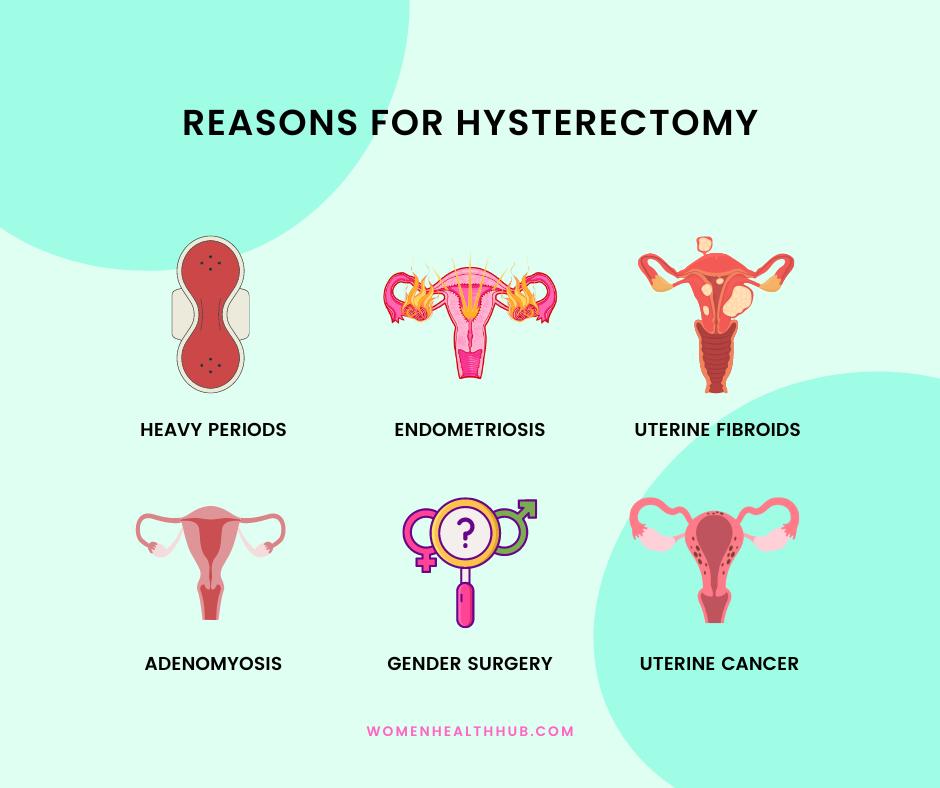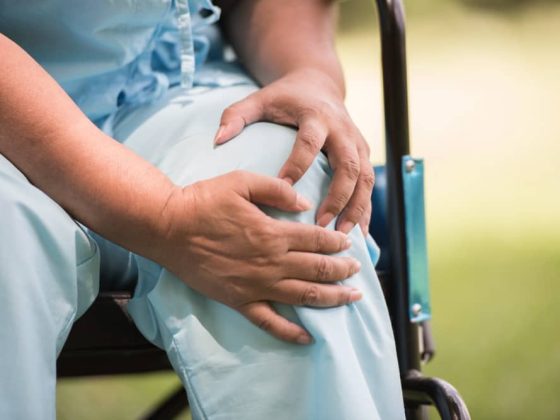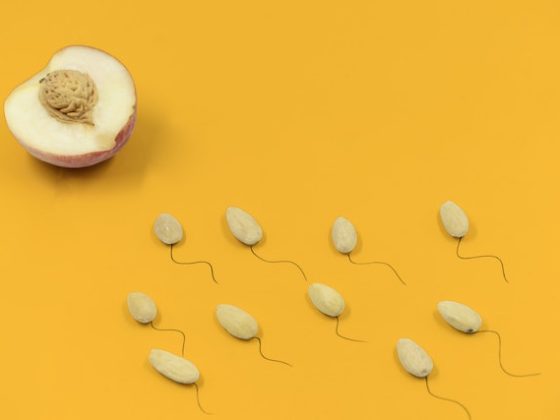Hey there! This post may contain affiliate links. As an Amazon Associate, I earn a teensy commission from qualifying purchases when you buy through these links (at no additional cost to you). For more info, please check the full disclaimer.
Women need hysterectomy to surgically remove the uterus. Sometimes, the surgeon may also remove other reproductive organs such as ovaries and fallopian tubes during the surgery. It’s usually difficult for women to get pregnant after the removal of the uterus.
According to Hysterectomy Awareness, hysterectomy is one of the most common surgeries performed on women in the United States, with about 500,000 procedures done each year.
There are three types of hysterectomy: total hysterectomy, subtotal hysterectomy, and radical hysterectomy.
In a total hysterectomy, the uterus and cervix are removed. In a subtotal hysterectomy, only the uterus is removed and the cervix is left in place. In a radical hysterectomy, the uterus, cervix, ovaries, fallopian tubes, upper vagina, and some surrounding tissue are removed.
A hysterectomy is a major operation that might be necessary especially when other treatments fail to work.
Why Do Women Need Hysterectomy?
Women need hysterectomy for many reasons. Some of the most common ones include:
Menorrhagia
This is a condition where the periods are too heavy, too frequent, too long, or irregular. It can cause anemia and fatigue and interfere with daily activities. Doctors may recommend a hysterectomy when blood loss may become life-threatening.
Endometriosis
This is a condition in which tissue that normally lines the uterus grows outside of the uterus. Endometriosis may cause many symptoms, including pain, heavy menstrual bleeding, and infertility. Surgical removal of the uterus may ease the symptoms.
Adenomyosis
This is a condition where the lining of the uterus grows into the muscle layer of the uterus. It can cause heavy or prolonged periods, cramps, and pelvic pain. Women need a hysterectomy to relieve the pain as a final resort.
Uterine Fibroids
These are small non-cancerous tumors that develop in the uterus. Uterine fibroids may cause many symptoms, including heavy menstrual bleeding, pelvic pain, and infertility.
Uterine Cancer
Uterine, cervical, or ovarian cancer may ultimately require a hysterectomy. It can cause bleeding, pain, weight loss, and other symptoms. Many women need hysterectomy to remove the cancer and help to prevent it from spreading.
Read More: Tips to Prevent Cancer
Uterus Prolapse
This is a condition where the uterus slips down from its normal position and pushes into the vagina. It can cause urinary or bowel problems, pelvic pressure, and sexual dysfunction.
Gender-affirming Surgery
Hysterectomy is also recommended as part of gender-affirming surgery for transgender women.

How is a Hysterectomy Performed?
There are two kinds of hysterectomy surgeries. Your doctor may discuss with you and opt for one according to the condition they are treating.
- Laparoscopic hysterectomy
A laparoscope is a thin, tube-like instrument with a camera on the end. In this surgery, the surgeons make small incisions in the abdomen and then insert the laparoscope into the incision. The camera allows the surgeon to see inside the abdomen. They insert surgical instruments through the other incisions to remove the uterus. Nowadays, robotic-assisted laparoscopic hysterectomy is also being done.
- Abdominal hysterectomy
This is traditional surgery. Here, a larger incision is made in the abdomen. The uterus is removed through the incision. Abdominal hysterectomies have longer recovery times but they are more useful when removing larger bodies like the whole uterus.
Read More: How to Prepare for Hysterectomy
Is Hysterectomy the Right Choice for You?
If you have cancer, you may not have any other option except to go for a hysterectomy as it’s vital to remove cancer from your body. However, for other conditions like fibroids, endometriosis, and heavy menstrual bleeding, there are other treatment options available as well.
Explore alternative treatments instead of a hysterectomy especially if you are young, active, and want to preserve your fertility.
Depending on the problem, a hysterectomy may be the best option, but we suggest discussing everything with your doctor before the final decision.
Risks of Hysterectomy
A hysterectomy is a major surgery that carries some risks. They may vary depending on the type of hysterectomy performed and your health.
Some of the most common risks of a hysterectomy include:
- Bladder or bowel Incontinence
- Sexual dysfunction
- Early menopause
- Infection
- Bleeding
- Adhesions
- Blood clots
Alternatives to Hysterectomy Surgery
Several alternatives to hysterectomy are available, depending on the causes. Hormone therapy can treat conditions such as endometriosis, fibroids, and heavy menstrual bleeding. Hormonal therapy can also prevent cancer of the uterus, ovaries, or cervix.
Another process is ablation which destroys the lining of the uterus. Ablation can treat heavy menstrual bleeding.
You may also go for a myomectomy – a surgery to remove fibroids. Surgeons can perform laparoscopic myomectomy or through a small incision in the abdomen.
Doctors may also recommend uterine artery embolization. It’s a procedure that blocks the blood supply to fibroids. Uterine artery embolization can treat heavy menstrual bleeding caused by fibroids.
In any case, have a discussion with your doctor about your options.
The Bottomline
Hysterectomy is a major decision that should be made after careful consideration of the benefits, risks, and alternatives. Consult with a doctor who can provide accurate information and guidance. A hysterectomy can be a life-changing surgery that can affect your physical, emotional, and sexual health. Therefore, make a well-informed and well-prepared decision before undergoing this procedure.
References
- https://www.who.int/data/gho/indicator-metadata-registry/imr-details/571
- https://www.sciencedirect.com/science/article/abs/pii/S002978449900544X








